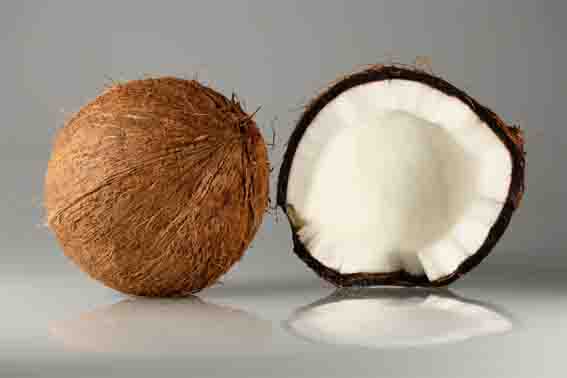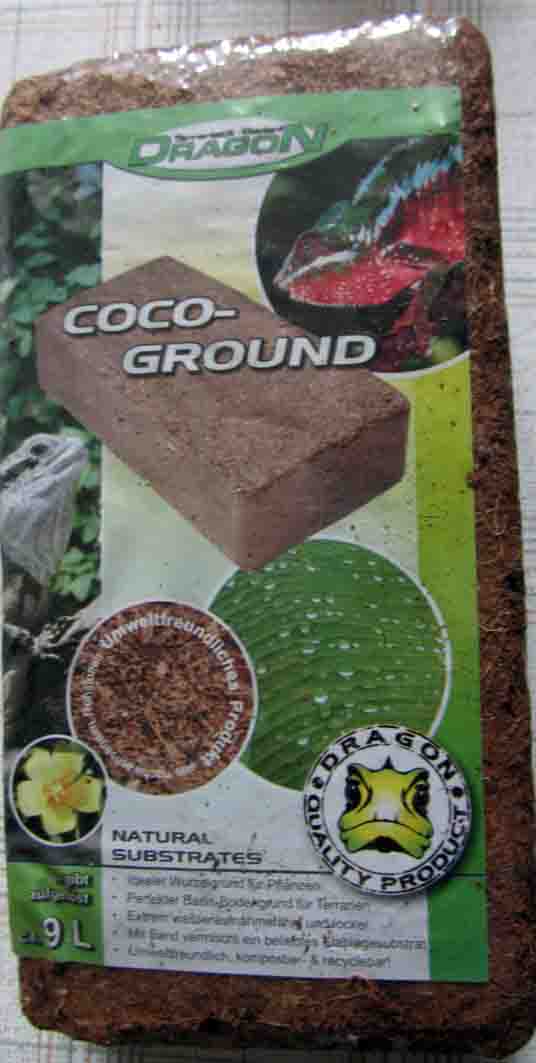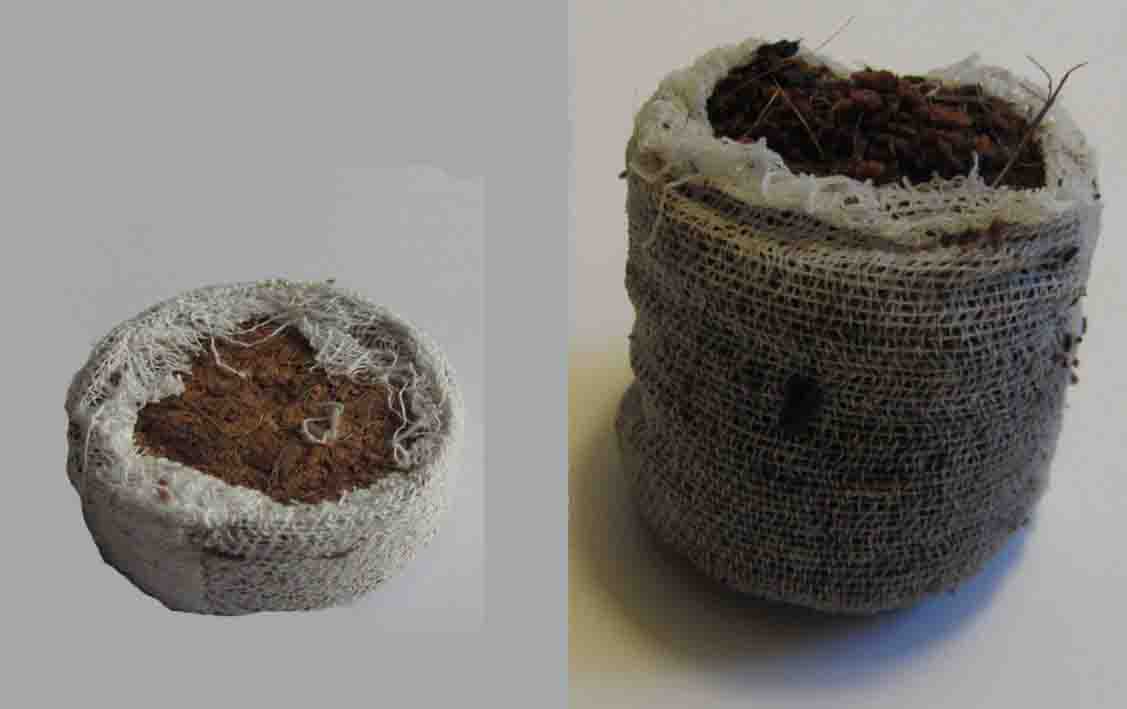Coconut palms were used in the past for three main purposes:
• The fatty flesh of coconuts was turned into coconut oil;
• The shells of coconuts were used as fuel;
• The soft fibers from immature coconuts were made into nets and mats.
The woody fibers from mature coconuts were considered waste, which was either dumped into the sea, disposed of, or burned.
A few decades ago, people started grinding this material and using it as a peat substitute. It has different names:
Wikipedia refers to it as "coco peat," while in stores it is also called "coco soil" or "coco block," since it is usually sold as a dry block.
Benefits of coconut soil (100% coconut):
- Rapidly renewable resource,
- Retains moisture well,
- Does not acidify the soil (for use in moor beds, coffee grounds can be mixed in),
- Draws less moisture from the surroundings when well-watered before processing.
Drawbacks:
- Long transport distances (using heavy oil-burning ships),
- Requires additional nitrogen as it is a wood material (e.g., horn shavings).
Since coconut palms often grow near the coast and ripe coconuts fall into the sea, cheaper coco peat may contain salt that can harm plants. Therefore, always check for labels stating "salt-free," "washed," or "suitable for hydroponics!"
Cocos

Opened ripe coconut
Source:: Wikipedia, Autor: Ivar Leidus
This block of 20 x 5 x 10 cm
swells with water to 9 liters of coco peat.
